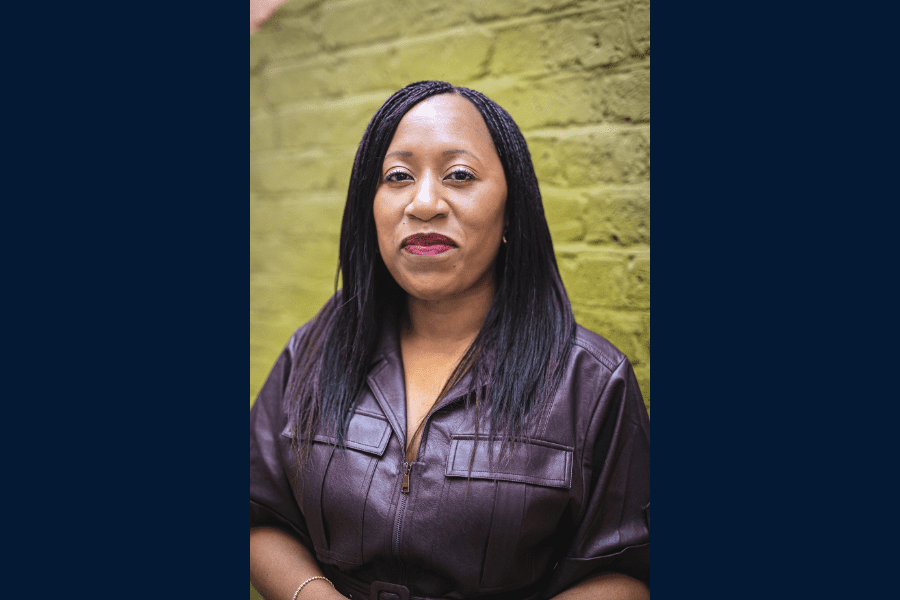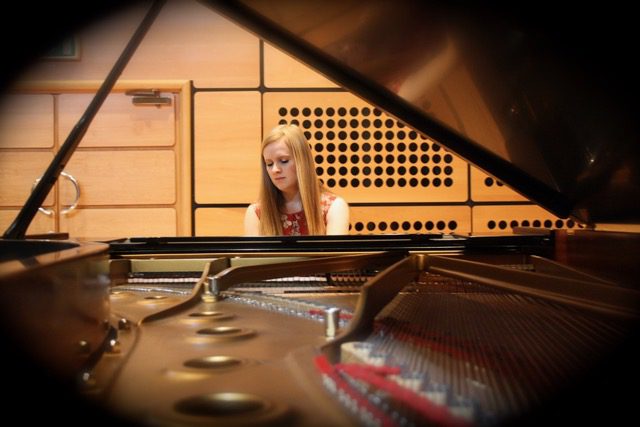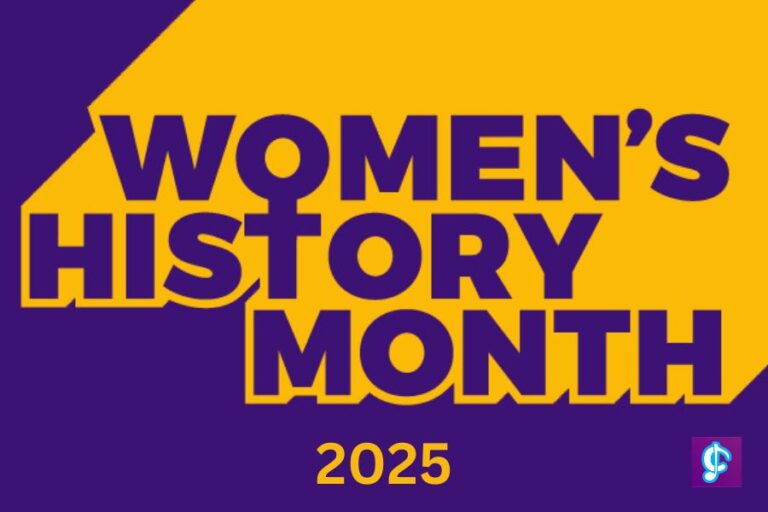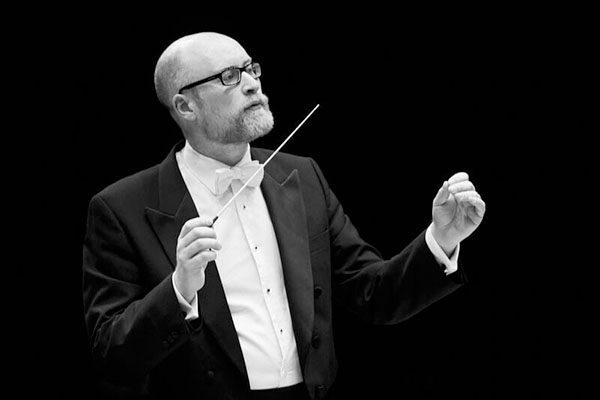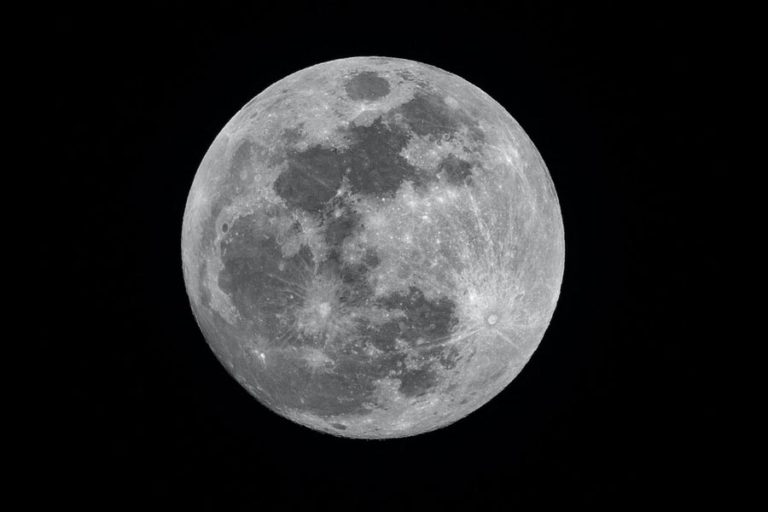Jenetta is a highly experienced secondary music teacher and founder of the Creative Educator, a space that brings together educators and arts practitioners to share strategies and resources. I got chatting with her to find out about how she approaches teaching composing in the classroom, how The Creative Educator came about and what new resources she discovered during the pandemic…
Can you share a little about your journey to becoming a secondary music teacher…
My ‘teacher identity’ as a music specialist was already formed by the time I qualified as a secondary music teacher, largely due to my involvement in community music-making prior to beginning a Post Graduate Certificate in Education (PGCE). I was blessed to be able to participate in an Erasmus exchange programme, oddly enough, outside of Europe, to the Crane School of Music in Potsdam New York, during the 3rd year of my undergraduate degree.
During this time I took an elective that required me to learn to teach beginner clarinet, saxophone and flute (my first study), in order to achieve a ‘pass’. I had never played the clarinet or saxophone before this, and as soon as I returned to the UK, I purchased both instruments and was able to pick up some deputising flute teaching for an amazing community organisation called Aston Performing Arts Academy.
I owe a lot to Aston Performing Arts, as through this grass roots organisation I had the opportunity to programme regular concerts for instrumentalists across all disciplines, to work with the City of Birmingham Symphony Orchestra (CBSO) Berkley Ensemble on annual concerts in some really exciting venues across Birmingham, to conduct the student orchestra supported by players from the CBSO and to receive one-to-one mentoring on coaching from Alwyn Green from the orchestra.
I took on a maternity cover of woodwind teaching for Birmingham Music Service, and then began my PGCE once I had graduated from the Birmingham Conservatoire. It’s important for me to reflect upon these formative years, because it’s easy to forget how much hard work and dedication went into starting that classroom teaching role.
What is your favourite area/topic to teach and why?
I trained as a performer and first study flautist. I get a lot of joy from running ensembles and going back to my early days in teaching, I was able to tutor the flute section in the Birmingham Schools’ Training Wind Band, and then to direct the Birmingham Schools’ Flute Choir for a number of years. I’ve taken the skill-set I developed at that time into my school-based role and have helped to shape a lot of young musicians through performance work.
Tell us about how and why you set up The Creative Educator…
The Creative Educator began as a portfolio of my work over the years as an educator and a means of reaching out to the creative teaching community. I launched The Creative Educator during the first lockdown of the pandemic as it was a time where network and community was so much needed. I had no idea it would evolve into the consultancy that it now is, and am so glad I achieved my goal of building a new support network.
What kind of opportunities have you had through The Creative Educator?
Through the Creative Educator I have been able to branch out into 5 key areas of provision. I highlight the excellent practice of amazing arts practitioners. I have several interviews that I am just waiting to get published and I’m so appreciative of those who have lent their voice to us! I carry out curriculum reviews and provide suggestions on enhancing and diversifying the music curriculum. I deliver bespoke training on music education provision and diversity, equity, inclusion & belonging (DEIB) in the curriculum, within schools, community music and music education hubs. I carry out evaluations for arts organisations, a skill that I developed during my masters degree in Leadership, and finally, I speak on panels and within various strategic boards lending my voice to the national music education debate.
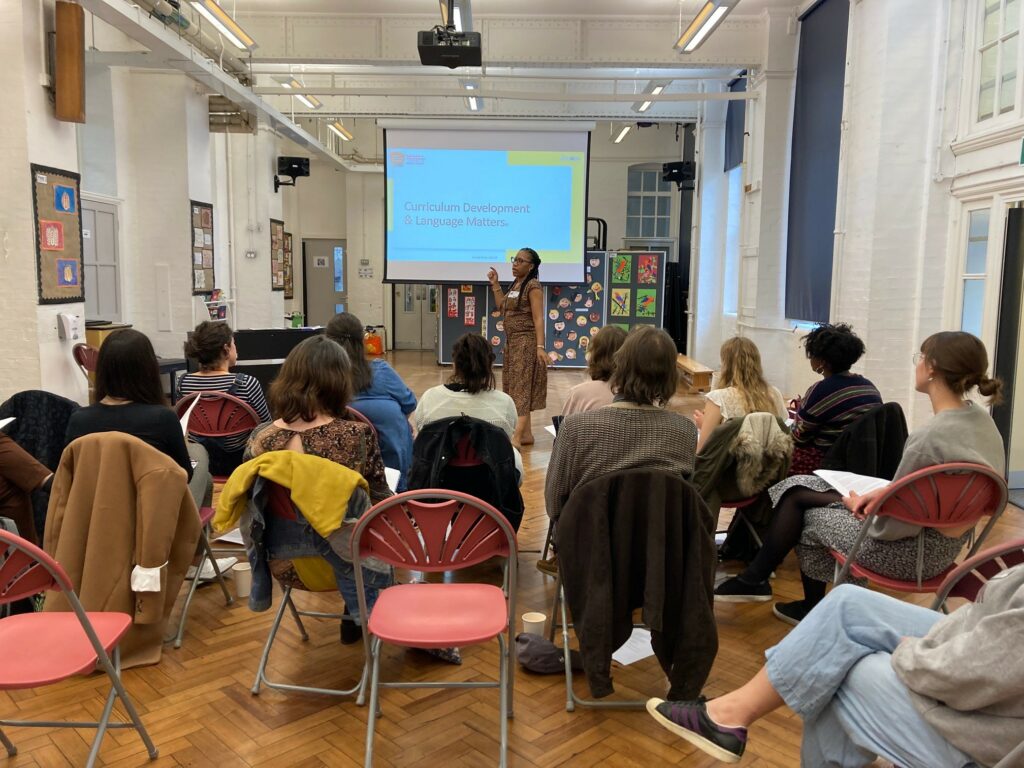
What is your main concern about music education at the moment?
I believe that the biggest challenge we are facing is keeping music in its rightful place in the school curriculum. As a national curriculum subject in England, it’s wonderful when students access weekly curriculum music lessons. Avoiding carousel delivery of the arts and keeping provision going is of paramount importance to the future of music for all in the UK. I would love to see more joined up thinking too, between schools and music education hubs. Underpinning all of this is the need for a diverse and equitable music provision for students, irrespective of their background or the type of school they may attend.
Why do you think composing can be challenging to teach?
Composing requires a few different components for success: 1. Musical knowledge 2. Musical understanding 3. Creativity 4. Musicality. Students often also need to be given clear starting points for composing. Even with a good idea of the style that a student hopes to create, they need a degree of musical knowledge, understanding and musicality, to realise their ideas. There are challenges with such varying resources in schools up and down the country and pressures on teaching time, I personally am an advocate for all music departments having a Music Technician, to help facilitate excellent composing in the classroom.
How do you approach teaching composing in the classroom?
A clear starting point, be that a rhythmic stimulus, a melodic or harmonic idea, an image, a collection of words or a musical genre is at the heart of composing in the classroom, for me. I believe that templates and scaffolds have a lot of value in composing (e.g. chord charts / music tech templates with pre-selected timbral ideas / keyboard diagrams outlining suggested motifs or note clusters). Students also need models so that they can understand the composing process and regular ‘spotlight’ moments to allow the teacher to check-in with their progress.
How do you practically manage a class who are all composing in different styles?
I don’t necessarily think that a class of 30 students composing in different styles is practical or a sensible way for all to achieve a high-quality outcome.
At key stage 4, 20 or 25 students composing in different styles can be more manageable as, in the best circumstances, they will have been taught a series of musical skills and the relevant theoretical knowledge to support composing in a style of their choice, by this point in their education.
Encouraging a framework for composing that then allows for individuality of style and creative choices is a more sensible approach to take.
As teachers we are always learning – tell us about a situation where a student has taught you something!
During the pandemic I learnt about some students’ love for the genre of K-pop! I learnt that my students have a strong sense of their own unique culture and identity and how that manifests in the music they engage with. In recent years I have learnt the power of taking the lid off of the jar to truly encourage a growth mindset, by allowing students to curate concert programmes. When we do this, we really see what they are capable of and the extent to which their talent stretches.
How did you find online teaching during the pandemic? Did you discover any new online tools / apps / materials?
I made use of some of the creative composing ideas presented by Birmingham Contemporary Music Group (BCMG). I discovered and encouraged students to use Chrome Lab, a free online web-based composing tool. We facilitated the use of Band Lab, a cloud-based DAW and I made use of the Acapella App to create some online resources.
These tools have allowed for increased accessibility and autonomy for students working outside of the classroom and it’s been great to be able to offer alternative solutions for teaching and learning.
Can you share how you feature the work of under-represented composers in the curriculum?
During Black History Month, students at key stage 3 have a different focus each year. One of those foci is the work of Black female pianists, and students are exposed to the work of Errollyn Wallen, Dr Samantha Ege, Rebecca Omordia, Jeneba Kanneh-Mason and the former civil rights’ activist, pianist and music educator Zenobia Powell-Perry. We display Nate Holder’s fantastic posters in the department, highlighting diverse composers, including female composers and in our broad and balanced music curriculum we ensure that students have a range of role models.
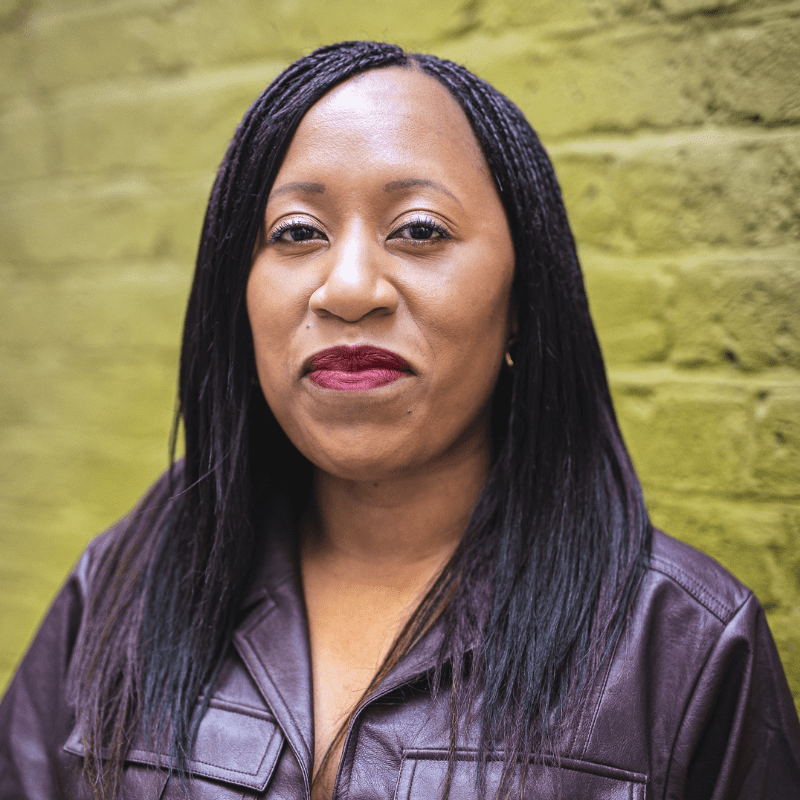
About Jenetta Hurst
Jenetta is a music educator of 15 years and founder of TheCreative-Educator.com. She has worked as a middle and senior leader in a range of school settings in the Midlands and London and sits on the Board of Lambeth Sounds (Lambeth’s Music Education Hub).
Having graduated from the Birmingham Conservatoire in 2004, Jenetta also worked in community music, directing an inner city youth orchestra in collaboration with the City of Birmingham Symphony Orchestra Berkley Salon and APAA, was Director of the Birmingham Schools’ Flute Choir and worked as the Woodwind Sectional Leader for the Birmingham Schools’ Training Winds Ensemble for the then, Birmingham Music Service, teaching children aged 8 – 18.
Jenetta’s work within secondary schools has allowed her to plan and deliver the curriculum at KS3, KS4 & KS5 in Music, working with children aged 11 – 18, alongside colleagues from across the disciplines in the arts. As a former Assessor and Quality Nominee for Pearson’s Btec qualification, Jenetta has worked closely on assessment, quality and standards of work samples.
Jenetta was conferred as an Honorary Member of the Birmingham Conservatoire in 2014 and is an alumnus of UCL Institute of Education (MA Leadership).
Photo credit: Donna Ford
